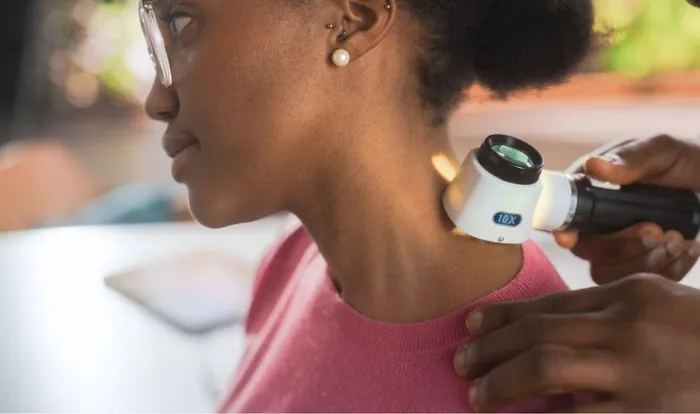Skin cancer awareness: Why you need sun protection in winter

Skin cancer doesn't take a break in winter.
Image: File picture
As temperatures drop and layers go up, many South Africans ease off their sun protection routines—yet skin cancer doesn't take a break when summer ends.
May marks Melanoma and Skin Cancer Awareness Month, a reminder that UV rays remain a threat even in winter.
With South Africa among the countries with the highest rates of skin cancer, experts warn that vigilance is crucial no matter the season.
South Africa sees over 20,000 cases of non-melanoma skin cancer diagnosed each year, with around 1,500 cases of melanoma, according to the Cancer Association of South Africa (CANSA).
While these numbers are alarming, most skin cancers are highly preventable through consistent sun safety habits and early detection.
“Skin cancer remains one of the most common and preventable cancers in South Africa, with melanoma being the most serious type,” says Dr. Cebi Sibisi, dermatologist and founder of Dr. Cebi Dermatology.
“The good news is that with regular skin checks and proper sun protection, we can significantly lower the risks.”
One common misconception is that darker skin tones are not at risk. While skin cancer is less common in individuals with skin of colour, it is often diagnosed at a more advanced stage.
This is especially concerning with melanoma, which can spread quickly if not caught early. In dark-skinned individuals, squamous cell carcinoma is more common, and melanomas often appear on areas not typically exposed to the sun, such as under the feet, beneath the toenails, or on the palms.
To catch warning signs early, use the ABCDE guide when checking moles or spots:
- A – Asymmetry: One half is unlike the other
- B – Border: Irregular or poorly defined edges
- C – Colour: Varied shades of brown, black, or even red
- D – Diameter: Larger than 6mm (about the size of a pencil eraser)
- E – Evolving: Any change in size, shape, colour, or sensation like itching or bleeding
Dr. Sibisi also emphasises that winter is no time to skip sunscreen. “Just because it’s cooler or cloudier doesn’t mean UV rays can’t harm your skin. UV radiation penetrates cloud cover, and sunburn can still occur—often within just 15 minutes of exposure.”
One blistering sunburn in childhood more than doubles the risk of developing melanoma later in life. To stay sun-safe, even in winter, experts recommend:
- Using broad-spectrum sunscreen with SPF 30 or higher every day, even on cloudy days
- Reapplying sunscreen every two hours or after swimming or sweating
- Avoiding outdoor activities during peak UV hours from 10am to 3pm
- Wearing sun-protective clothing, wide-brimmed hats, and sunglasses with UV400 protection
- Steering clear of tanning beds and sunlamps
- Performing monthly self-exams and scheduling annual mole mapping with a dermatologist
Skin cancer affects people of all races, ages, and genders. While sun exposure is a major factor, genetics, personal and family history, and lifestyle habits also influence your risk.
IOL Lifestyle
Get your news on the go, click here to join the IOL News WhatsApp channel.
Related Topics: